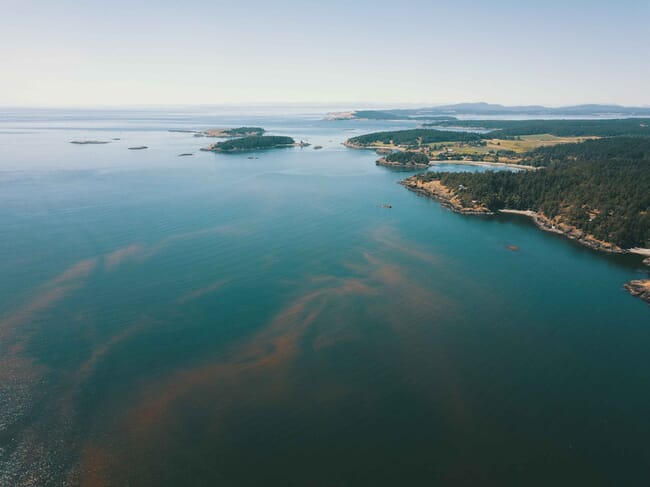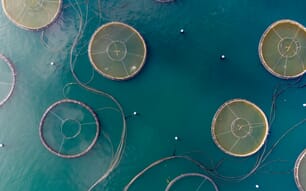
© Saic
Harmful algal blooms (HABs) can have devastating effects on aquaculture sites. Humans eating shellfish containing these toxic phytoplankton can become ill, and prove fatal to farmed fish.
In a paper published in the journal Harmful Algae, researchers from the Scottish Association for Marine Science (SAMS) in Oban concluded that farmed salmon biomass alone had no significant effect on cell abundance of any of the studied phytoplankton.
Prof Keith Davidson, a co-author on the paper stated in a press release: “Our mathematical model-based analysis indicated that farmed salmon biomass had a non-significant effect on cell abundance of any of the studied phytoplankton taxa. In contrast, location or time of the year had a much greater influence on cell abundance."
The findings came partly from the analysis of data from the Food Standards Scotland regulatory biotoxin monitoring programme that has generated weekly harmful phytoplankton reports from a range of locations around the Scottish coast, stretching back 15 years.
The paper’s lead author Dr Fatima Gianella said: “A possible explanation for the lack of a significant relationship between farmed salmon and harmful phytoplankton cell abundance is that aquaculture farms are generally located in hydrodynamically energetic locations where recurrent flushing likely allows efficient dilution of nutrients.”
The research team examined blooms among the algal species that most frequently impacted shellfish farms and human health in the region: Dinophysis spp., Alexandrium spp., and Pseudo-nitzschia spp. and studied the cell abundance of one phytoplankton species of particular concern to the salmon farming industry (Karenia mikimotoi).




